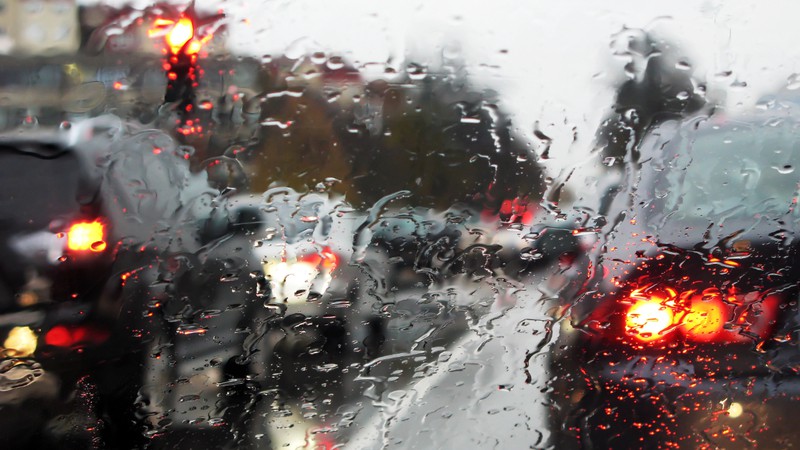In which we explain how we make it easier to get there safely and on time.

It’s good to know traffic and weather conditions before you hit the road. Talvi/Shutterstock Standard
California is a car state and people spend a lot of time on the road. Traffic and the commute experience are impactful on our lives.
When we designed California Local, we knew we wanted to provide accurate and actionable traffic and transportation information to the community in a single place, to make it easy for people to plan trips and understand the conditions on their journey before they hit the road.
There’s a lot of good information out there, but it’s scattered across the web and hosted on a range of disparate platforms in a variety of formats.
Caltrans, the California Department of Transportation, is responsible for maintaining the state highway system. As part of this mandate, Caltrans has deployed a network of real-time traffic cameras and sensors to monitor traffic flow and road conditions. The agency makes this data available on the Internet in a machine-readable format. This includes images from the cameras as well as information gleaned from speed and local weather sensors, along with the longitude and latitude of the reporting camera or sensor.
In addition to traffic cameras and sensors, Caltrans also provides data from weather warnings that are sent to highway signs (“Gusty Winds” or “Icy Roads Ahead,” etc.), as well as lane closures and winter chain controls—all with specific location data attached.
You can find the Caltrans open data portal here.
Similarly, the California Highway Patrol dispatch centers publish current incident reports, also on the Internet, and also in a machine-readable format. Each incident report includes longitude and latitude as well as a description of the nature of the incident—frequently a crash, stall, or something else that impacts traffic flow.
The CHP incident dashboard is here. Regularly updated incident reports in XML format are here.
The CalTrans and CHP data forms the heart of our traffic portal.
Our propietary content management system, NewsOS, pulls the Caltrans and CHP data into our database for processing and display in a Google Map which shows where traffic is congested and all the current CHP incidents as clickable pin markers on the map. Traffic camera images, updated every five minutes, are displayed to make it easy to check the road before driving it. Active changable message signs, lane closures and chain controls are also listed. And NewsOS automatically tweets out CHP incident reports in every county to our Twitter followers to make sure they’re in the know.
Our community researchers have also gathered links to local transportation- and road-related agencies, including their social media feeds, to make it easy to check, for example, the County Public Works road-closure page, or local train and bus schedules. We also display tweeted alerts from Caltrans district offices.
Our mission is to make it easy to citizen, and citizening means showing up, and sometimes showing up means hitting the road.
Our traffic portal helps get you there safely and on time. Remember to buckle up!